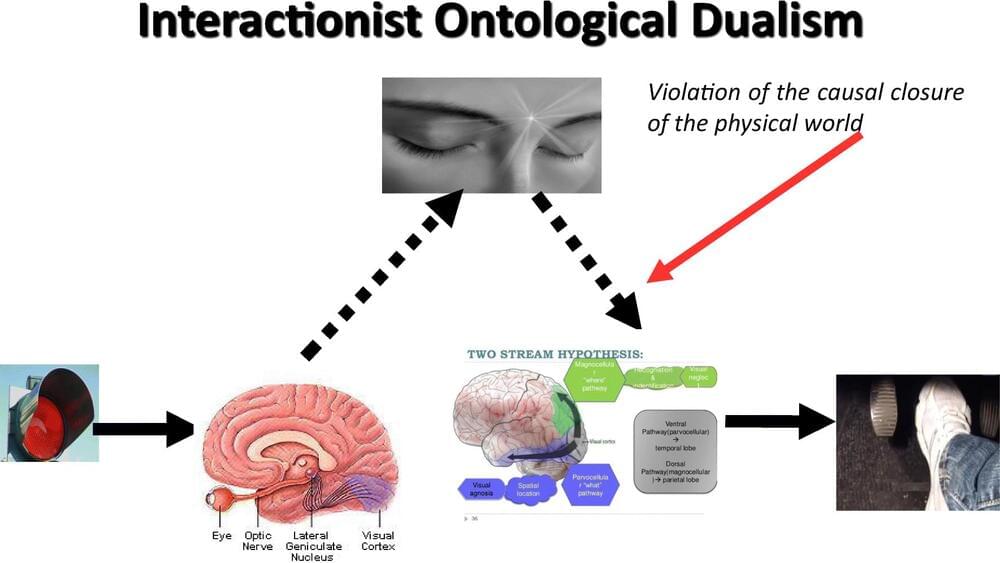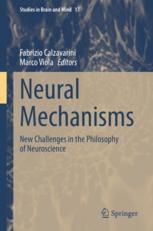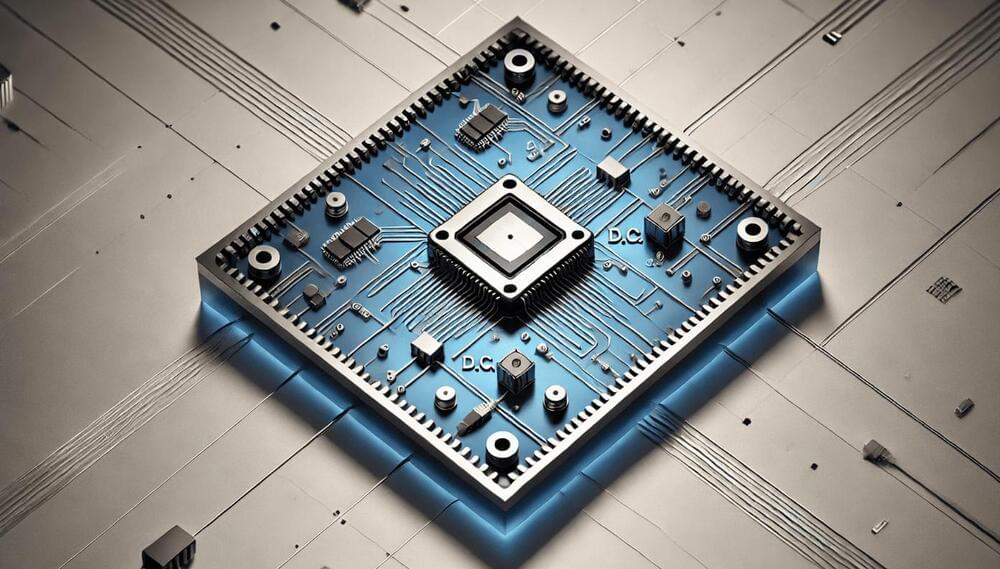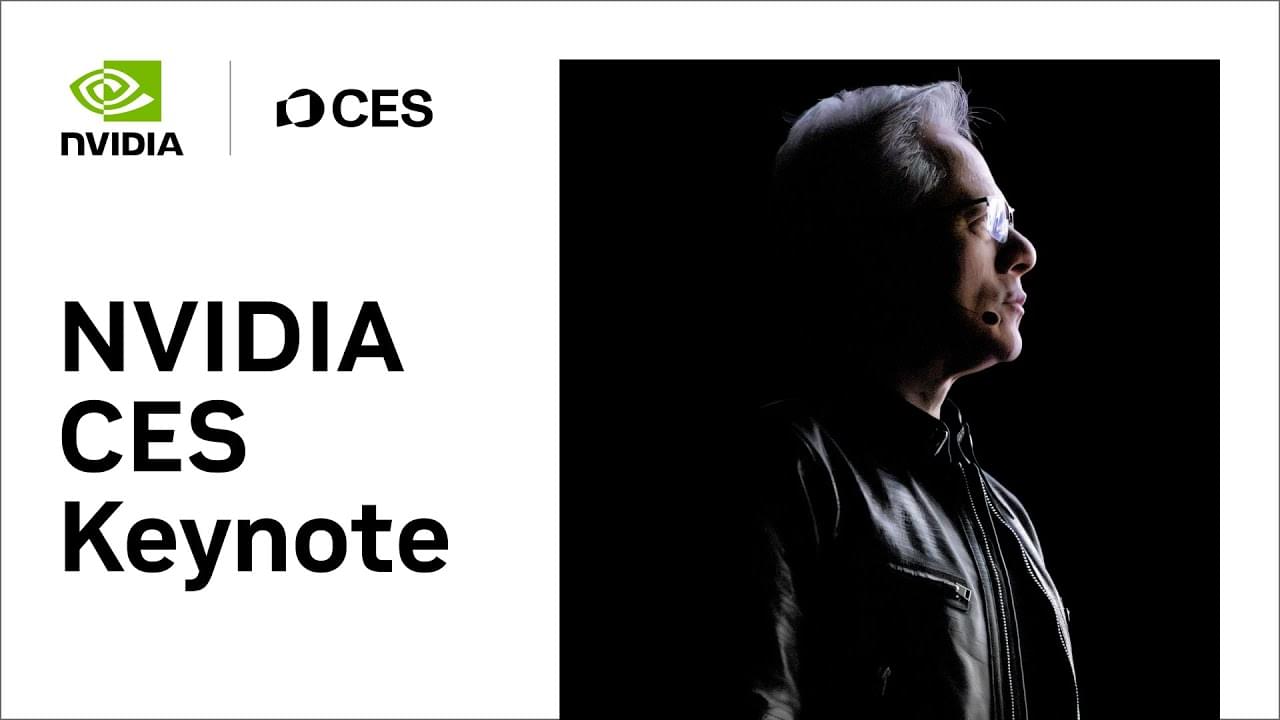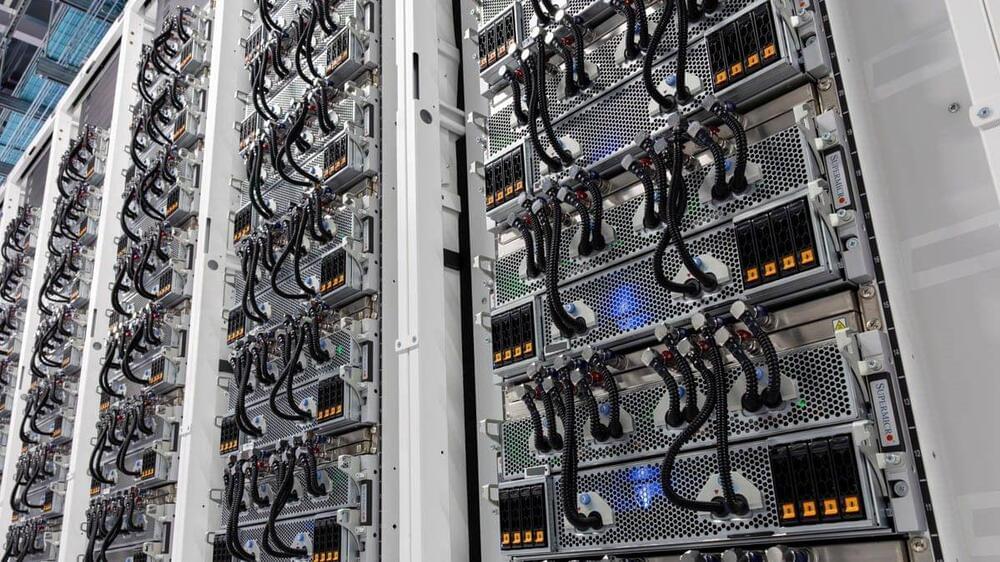Neuromodulators in the brain act globally at many forms of synaptic plasticity, represented as metaplasticity, which is rarely considered by existing spiking (SNNs) and nonspiking artificial neural networks (ANNs). Here, we report an efficient brain-inspired computing algorithm for SNNs and ANNs, referred to here as neuromodulation-assisted credit assignment (NACA), which uses expectation signals to induce defined levels of neuromodulators to selective synapses, whereby the long-term synaptic potentiation and depression are modified in a nonlinear manner depending on the neuromodulator level. The NACA algorithm achieved high recognition accuracy with substantially reduced computational cost in learning spatial and temporal classification tasks. Notably, NACA was also verified as efficient for learning five different class continuous learning tasks with varying degrees of complexity, exhibiting a markedly mitigated catastrophic forgetting at low computational cost. Mapping synaptic weight changes showed that these benefits could be explained by the sparse and targeted synaptic modifications attributed to expectation-based global neuromodulation.
A brain-inspired algorithm that mitigates catastrophic forgetting of artificial and spiking neural networks with low computational cost
Posted in biotech/medical, information science, robotics/AI | Leave a Comment on A brain-inspired algorithm that mitigates catastrophic forgetting of artificial and spiking neural networks with low computational cost

